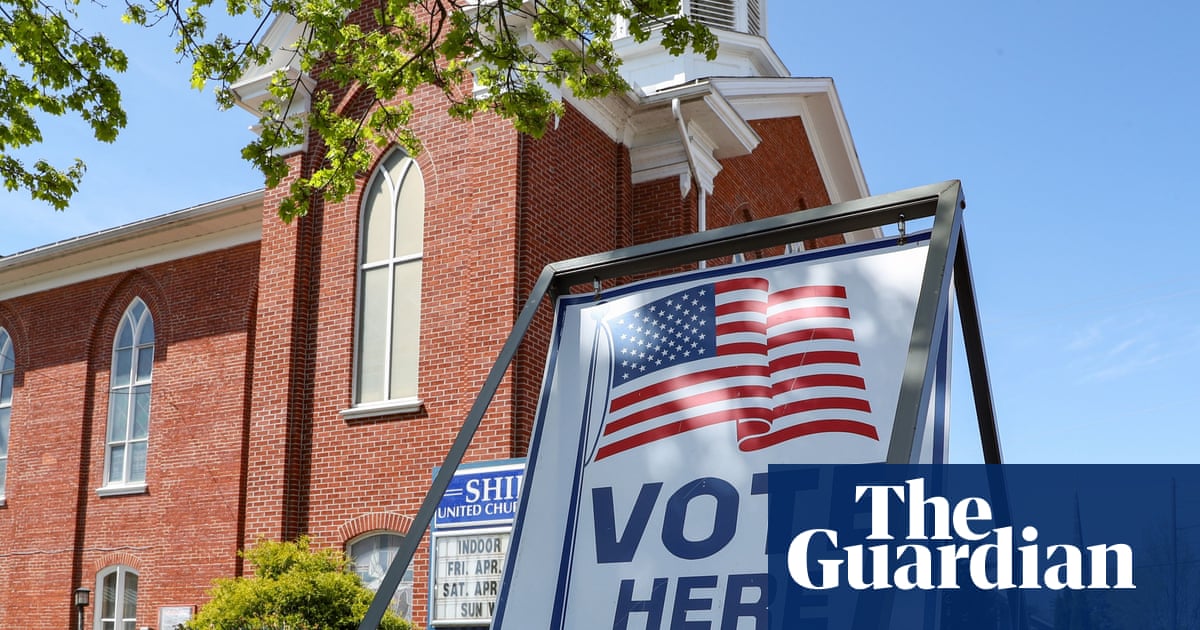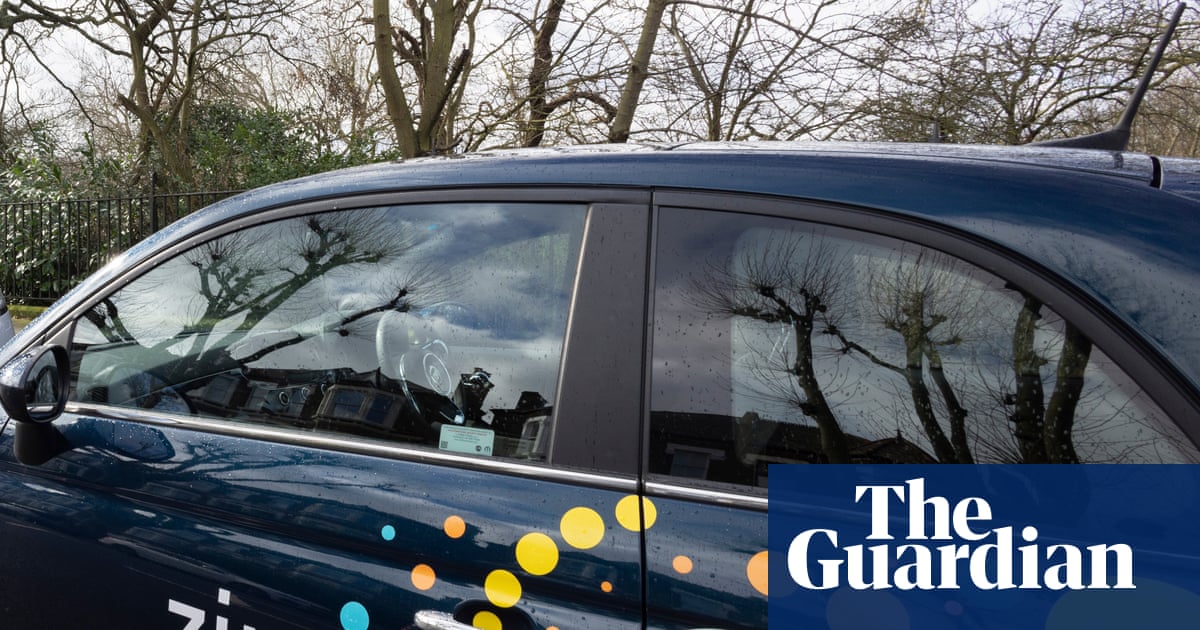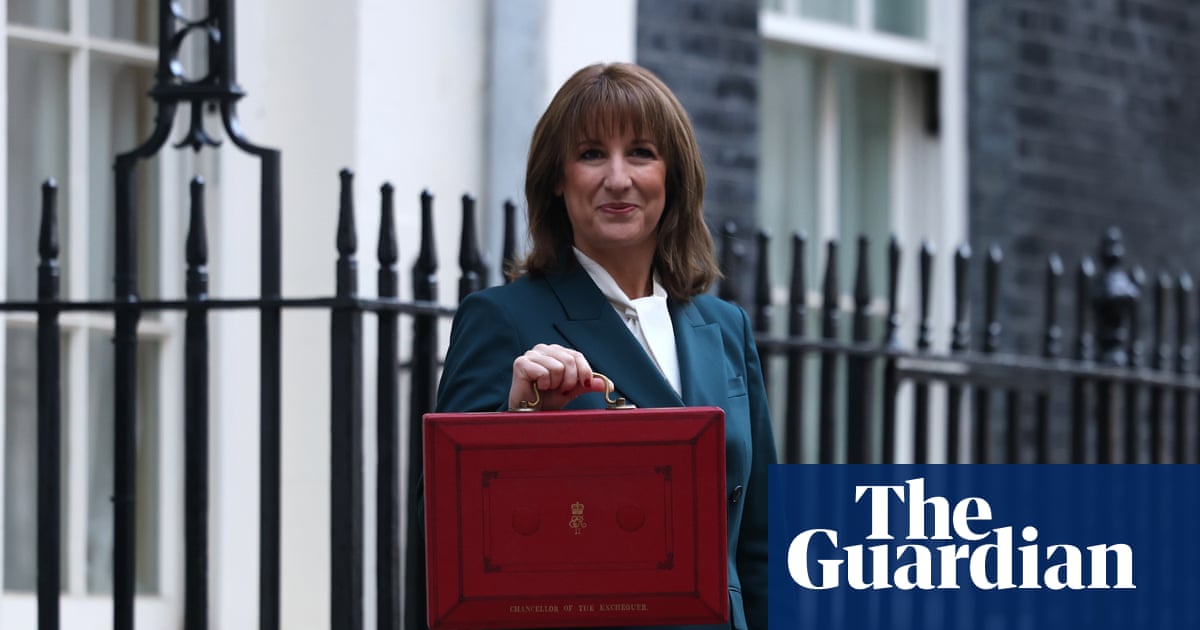Almost 100% of children in 73 neighbourhoods in England are living in income-deprived families, according to new measures that factor in the impact of soaring rents.
Changes to official measures reveal the neighbourhoods where in effect all children live in low-income households. Of these, 31 are in inner London boroughs with high housing costs such as Tower Hamlets, Hackney, Haringey and Westminster.
The new indices of multiple deprivation confirm that attempts at levelling up have failed to shift stubbornly high levels of deprivation in so-called left-behind towns and cities in the Midlands and north of England.
Blackpool, Middlesbrough, Burnley, Manchester and Birmingham are the top five most deprived local authority areas. At a neighbourhood level, Jaywick in Nigel Farage’s Clacton constituency in Essex tops the ranking for the fourth time in a row.
The recalculation of income deprivation measures to recognise the effects of high housing costs in London represents a dynamic change in the picture of deprivation and may have politically charged ramifications for local authority and NHS budgets across the country.
The deprivation indices rank neighbourhoods across different aspects of everyday life: income (including income deprivation affecting children), employment, education, health, crime, barriers to housing and services, and the environment, and combines them into one score.
The identification of a large cohort of micro-pockets of highly concentrated hardship – likely to be driven in part by welfare policies such as the two-child benefit limit and housing benefit caps as well as high rents – comes as the government prepares to publish its long-awaited child poverty strategy.
In 2019, the last time the deprivation indices were published, no neighbourhood – defined as a small area with an average population of 1,500 inhabitants – had more than 90% of children living in income deprivation. In 2025, the figure has risen to 280, with 73 neighbourhoods where at least 99% of children are deprived.
Previously, the neighbourhoods with the highest levels of child deprivation were found in northern cities such as Liverpool, Blackpool and Middlesbrough. The addition of housing costs has resulted in a dramatic reframing of child deprivation as a problem that is at its most extreme in the capital.
In a neighbourhood in Stamford Hill, Hackney, for example, the proportion of children affected by income deprivation has jumped from just 8.9% in 2019 to 99.9% in 2025, and similar stories are repeated across other parts of London.
A year ago the government promised that planned changes to the councils funding formula would redirect cash away from the more affluent south-east of England to the Midlands and north. The new housing costs effect could mean the transfer of municipal resources may not be as marked as some expected.
The new deprivation index is central to a revised council funding formula expected to be published in November. There are fears among northern authorities that they may lose out as a result of the housing costs change, though London authorities will see this as belated recognition of a longstanding housing affordability problem in the capital.
The index highlights the depth and persistence of deprivation across many parts of England. Jaywick village is one of only two neighbourhoods in the country, alongside part of Margate Town, that is in the most deprived 10% across all seven deprivation measures.
Neighbourhoods in coastal towns are still likely to be among the most deprived areas, with almost a fifth of them counting among the poorest 10% in England. However, 82% of them saw a slight improvement in their deprivation rank compared with the 2019 rankings.
Three neighbourhoods, in central Rochdale, Ayresome in Middlesbrough and Bidston Hill in Wirral, have been ranked among the most deprived 100 across six measures since the index was first created in 2004.
A handful of areas dramatically improved their deprivation rank after gentrification or regeneration. The area near the Nine Elms development in Lambeth, where a tube station opened in 2021 and which is home to the new US embassy, jumped from the bottom 20% of areas to the top 10%.
Alison McGovern, the minister for local government and homelessness, said Labour’s devolution bill and recent investment in children, including £500m in children’s development and £1bn in crisis support, would help shift the dial on deprivation.
“Today’s statistics are a damning indictment of a system that has left some communities broken, councils pushed to a financial cliff edge and residents facing the brunt of service cuts,” she said. “They tell us that in some of the most deprived areas, previous policies had barely begun to break the cycle of deprivation, health inequality, stagnant local growth and, most importantly, loss of hope.”
-
You can see where your neighbourhood ranks using our postcode tool here.

 1 month ago
37
1 month ago
37

















































